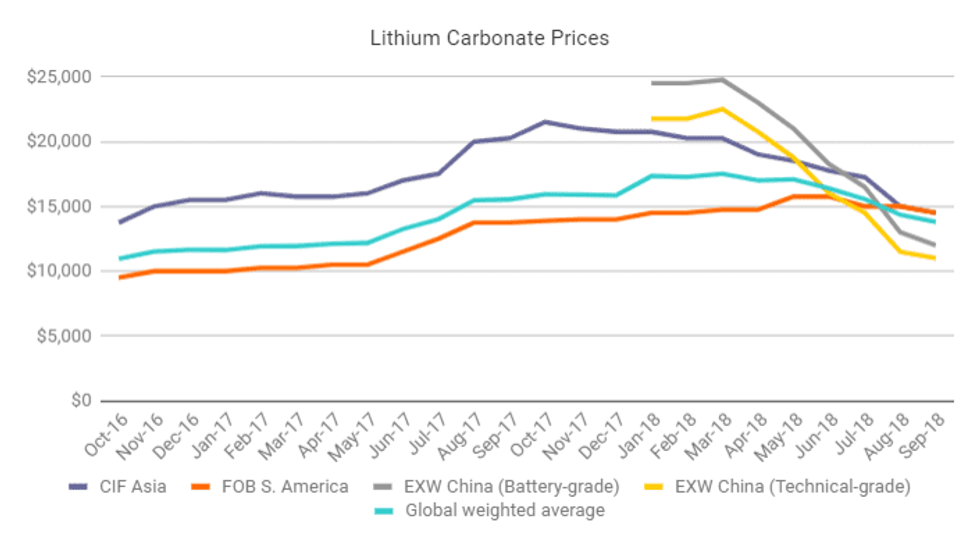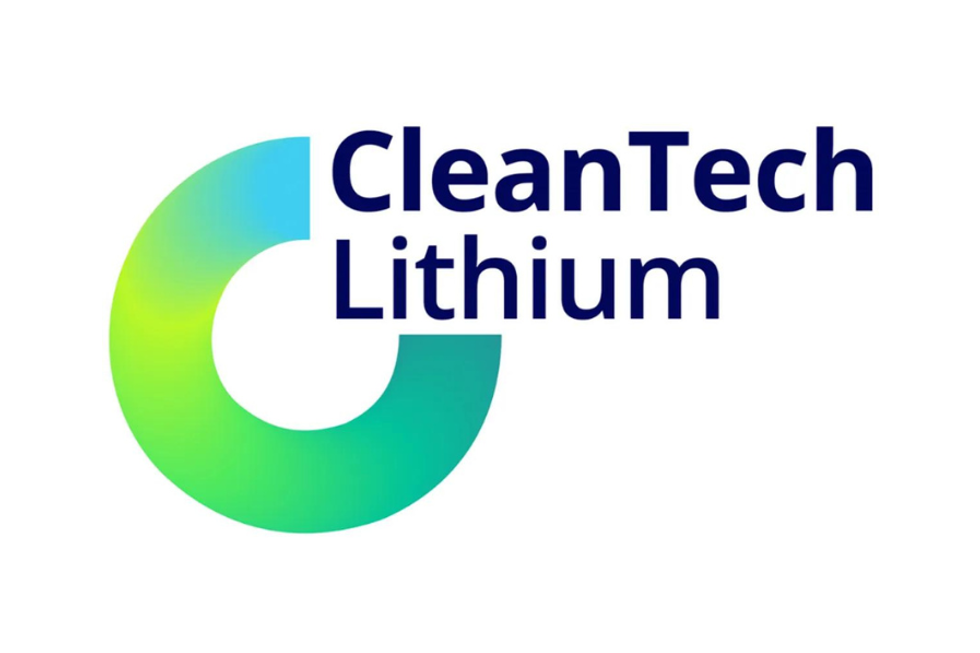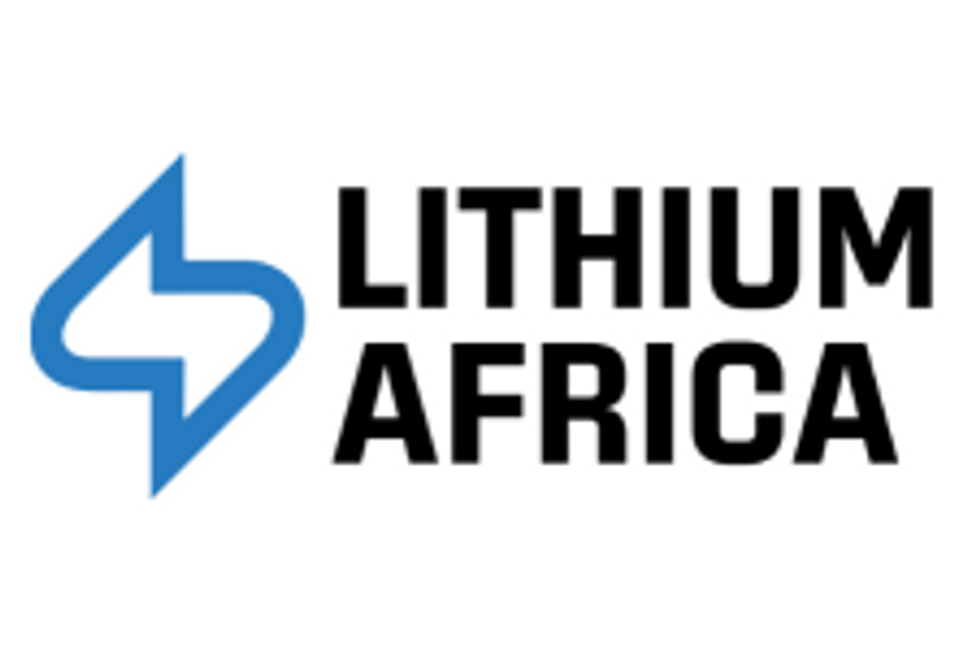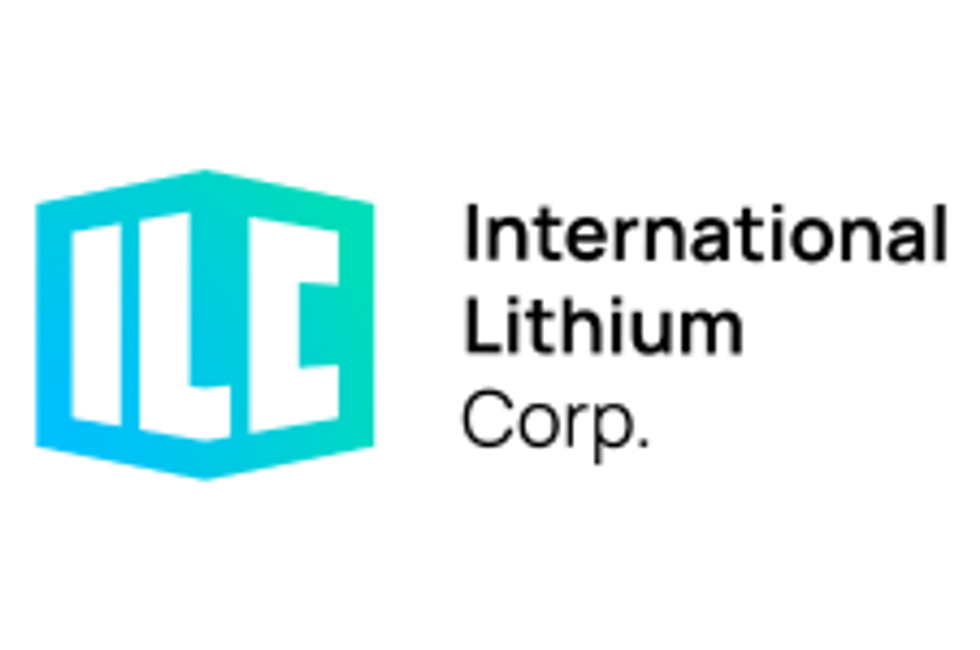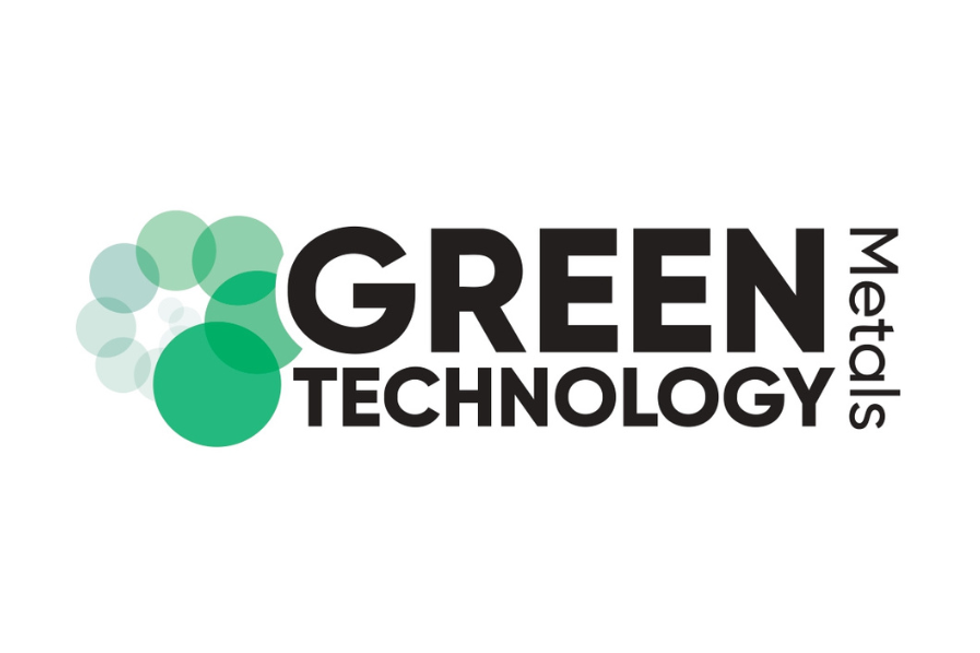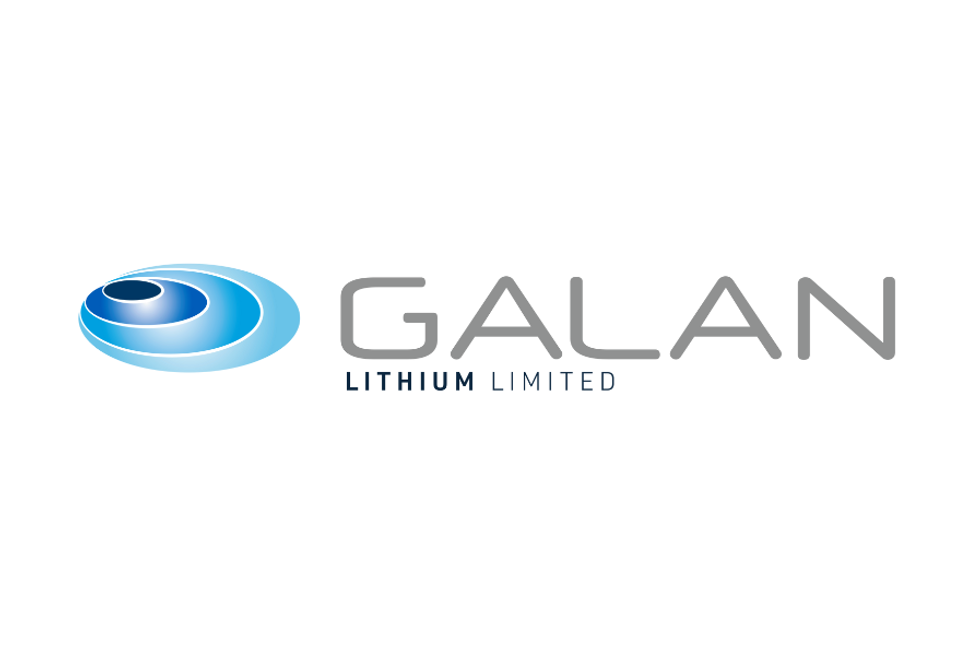
What happened to lithium in Q3 2018? Our lithium market update outlines key market developments and explores what could happen moving forward.
With the popularity of electric vehicles (EV) growing at an unstoppable speed, lithium continues to be a hot commodity in 2018. Despite stocks having an interesting third quarter, analysts remain optimistic about the market.
Demand for the metal is forecast to triple by 2025, as demand for lithium carbonate and hydroxide, used in lithium-ion battery cathodes, continues to increase.
How did the metal perform in the third quarter of 2018, and what’s ahead for lithium in the near term? Read on for an overview of the factors that impacted the lithium market in Q3, plus a look at what investors should watch out for the rest of the year.
Lithium market update: Supply and demand
It’s been another busy quarter for the lithium market, with major announcements and deals from lithium producers as well as junior miners.
Looking at the major news in the sector, at the beginning of the quarter, Nemaska Lithium (TSX:NMX) signed a deal with Korean battery maker LG Chem (KRX:051910) to supply 7,000 tonnes per year of lithium hydroxide produced at its commercial plant in Shawinigan. For its part, Chile’s SQM (NYSE:SQM) said it was seeking government approval for a US$450-million lithium carbonate plant expansion.
In August, Chinese lithium producer Ganfeng Lithium (SZSE:002460) signed a deal to buy SQM’s stake in Lithium Americas’ (NYSE:LAC, TSX:LAC) Argentina project, boosting Lithium Americas stock and increasing its stake in the global lithium market. The deal was seen as a win-win-win deal and as a good agreement for the industry as a whole.
Another top lithium producer, Tianqi Lithium (SZSE:002466), announced it was seeking to list in Hong Kong and raise up to US$1 billion, money it plans to use in part to pay for the stake it purchased in SQM back in May, which might be delayed as it is under investigation by Chile’s competition authority.
Later in the quarter, Ganfeng signed a deal to supply lithium hydroxide products for Tesla’s (NASDAQ:TSLA) batteries from 2018 to 2020, in a deal that could be extended by three years.
During September, the company also announced a deal with BMW (ETR:BMW) to supply as much lithium as the German automaker might require for 5 years, as electric car makers continue to look for ways to lock in long-term supply of the metal.
Additionally, the Chinese lithium producer also signed a deal with Korean battery maker LG Chem to almost double its supply of battery materials from 2019 to 2025.
“This escalation in downstream interest shows that lithium supply remains a key concern throughout the battery supply chain,” said Benchmark Mineral Intelligence Senior Analyst Andrew Miller.
Just days before the quarter ended, Ganfeng also announced it was seeking to raise US$678 million in its Hong Kong IPO and had secured six cornerstone investors including Samsung SDI (KRX:006400) and LG Chem. The IPO ended raising less than expected, at the bottom range of what the company had estimated.
Towards the end of the quarter the market also began to see the introduction of new spodumene concentrate supplies from Australia and Brazil.
“The speed of these ramp-ups and how quickly they can translate to additional chemical supply will be an important factor in determining the supply/demand balance moving in to 2019,” Miller said.
That said, for Benchmark, the market performed as expected during the quarter.
“I think the tailwinds from the price downturn, which began in Q2, continued into Q3 and as we expected began to stabilize towards the end of the quarter.”
Similarly, Roskill Deputy Manager David Merriman said the market had performed as forecast, with the start-up/start-of-shipping of three operations — Pilbara Minerals (ASX:PLS), AMG Lithium and Altura Mining (ASX:AJM) — improving spodumene availability for their respective off-take partners.
Additionally, Chinese brine operations continued to supply low-cost poor quality material into the Chinese domestic industry.
For Merriman, there were a couple of surprises in the market during the third quarter however, firstly the speed at which China lithium prices declined, which has had an impact on some producers, and secondly the growth in EV sales, which has exceeded expectations.
But both experts agree that one of the most important news during the quarter was the decline of Chinese prices.
Falling lithium carbonate prices in China have had a significant impact of some producers, such as Desert Lion Energy (TSXV:DLI) in Namibia, which suspended production of lepidolite concentrates, according to Merriman.
“Projects under development which had previously enjoyed lithium carbonate prices in China above US$16/kg will have to reassess their economics at lower price points during crucial stages of financing,” he added.
For his part, Miller said that a key challenge for the industry in Q3 was determining how the short-term decline in Chinese domestic pricing translates to rest of world price levels.
“It is clear [from our in-depth analysis] that the rapid decreases have firstly, largely been isolated to the Chinese market, and secondly they have been focused on lithium carbonate rather than other chemicals,” he said.
Chart via Benchmark Mineral Intelligence.
Lithium price update: What’s ahead?
As the fourth quarter begins, there are key drivers and announcements that could impact the lithium market.
Speaking about price performance, Miller said that with Chinese lithium carbonate prices reaching current levels he expects price decreases to slow in Q4 as many converters in China are already operating at close to cost, and also there is typically a seasonal upturn in demand, which will act as a stabilizing force for pricing.
“The negative sentiment in the Chinese market has meant consumers have been holding back from committing to new volumes, but moving into Q4 – a typically busy season for purchasing – orders are expected to increase,” Miller said.
Meanwhile, Roskill expects prices of lithium carbonate to continue to decline into Q4 2018, which will begin to apply downward pressure of spodumene concentrate prices also.
For Miller, the key factors to watch in Q4 and beyond include how quickly the new spodumene operation ramp up, and how this material is integrated into the supply chain.
“Also the seasonal trend in China’s EV production is often a good barometer for lithium demand and has the potential to take some of the negative sentiment out of the Chinese market and push consumers to increase orders,” he added.
For his part, Merriman said investors should look at the major lithium mineral converters and announcements of further capacity expansions or new facilities as these facilities will require additional raw materials.
“If these offtake agreements are not already in place, it provides an opportunity for new producers to form long term relationships with downstream customers,” he added.
Another factor to watch is the relationship between Albemarle (NYSE:ALB) and CORFO in Chile, which appears to be strained at present.
“[This] could restrict Albemarle’s plans for production ramp-up in Chile, again providing opportunities for other producers to fill the supply gap,” Merriman said.
Don’t forget to follow @INN_Resource for real-time news updates!
Securities Disclosure: I, Priscila Barrera, hold no direct investment interest in any company mentioned in this article.
Editorial Disclosure: The Investing News Network does not guarantee the accuracy or thoroughness of the information reported in contributed article. The opinions expressed in these interviews do not reflect the opinions of the Investing News Network and do not constitute investment advice. All readers are encouraged to perform their own due diligence.
This article is updated each quarter. Please scroll the top for the most recent information.
Lithium Market Update: Q1 2018 in Review
By Priscila Barrera, April 17, 2018
With the popularity of electric vehicles (EVs) growing at an unstoppable speed, lithium continues to be a hot commodity in 2018. But fears of oversupply in the market hurt lithium stocks in the first three months of the year.
That said, experts remain optimistic about the future of the metal. In fact, demand for the lithium is forecast to triple by 2025, and prices for lithium carbonate and hydroxide, used in lithium-ion battery cathodes, continue to increase.
How did the metal perform in the first quarter of 2018, and what’s ahead for lithium in the near term? Read on for an overview of the factors that impacted the lithium market in Q1, plus a look at what investors should watch out for the rest of the year.
Lithium market update: Supply and demand
It’s been a busy quarter for the lithium market, with major announcements and deals as well as increasing supply concerns impacting the space.
In January, top lithium producer SQM (NYSE:SQM) ended a long-running dispute with Chilean development agency Corfo over royalties in the Salar de Atacama. As a result, SQM will be able to expand its annual lithium carbonate equivalent production to at least 216,000 tonnes by 2025.
The SQM-Corfo agreement was anticipated and welcomed by analysts and market participants alike.
“I believe the deal is great news for all parties involved,” lithium expert Joe Lowry said at the time. “In addition, it gives lithium-ion battery makers and car companies comfort that secure supply will be available over the next several years.”
Despite analysts’ bullish forecasts for lithium, investors’ worries over oversupply in the market increased during the first three months of the year.
Benchmark Mineral Intelligence released a report to address these concerns, noting that the most important thing to keep in mind is that to impact prices for lithium carbonate and lithium hydroxide, the focus has to be on which companies are creating high-quality battery-grade chemicals.
After SQM signed its deal with Corfo, the market continued to perform with volatility, and stocks took another hit when Morgan Stanley (NYSE:MS) released a forecast predicting prices will fall by 2021. Analysts at the firm said growing demand from the electric car sector will be insufficient to offset increasing supply from Chile.
However, lithium experts and CEOs did not take long to reply to the bank’s forecast, with many pointing to the lithium sector’s history of delayed mine ramp ups and processing problems.
Speaking with INN at this year’s PDAC convention, Alex Laugharne, principal consultant at CRU Group, said lithium oversupply fears are a bit overblown.
“[The market is] moving from a deficit into a sort of fairly balanced situation through 2018 to 2019, and that will keep prices relatively well elevated around where they are at moment,” he noted.
But Laugharne said it’s important to remember in the current environment that “[v]irtually every producer is making fantastic margins of prices today, and that’s not always going to be sustainable over time.”
Another major announcement in the space came in February, when top lithium producer Ganfeng (SZSE:002460) filed a US$1-billion IPO in Hong Kong. The company said it will use the money for acquisitions, further exploration and to expand capacity to meet growing demand from the EV sector.
US-based FMC (NYSE:FMC) also announced plans to spin off its lithium business in an IPO worth US$500 million.
During the first quarter of the year, the market continued to see carmakers and technology companies looking to secure long-term supply of lithium and other battery metals.
German carmaker BMW (ETR:BMW) is said to be close to signing a 10-year supply deal for lithium and cobalt, both of which are key elements used in electric car batteries. Later in the quarter, the company said it will not mass produce EVs until 2020 because its “current technology is not profitable to enough to scale up for volume production.”
Lastly, China, the leader in the electric car space, continued to implement measures to fight pollution, pushing car manufacturers to set up facilities to recycle used lithium-ion batteries.
Chinese carmaker BYD (HKEX:1211) announced plans to launch a recycling plant in Shangai in the second quarter; it will open its doors later in the quarter.
Lithium price update: What’s ahead?
As the second quarter begins, there are key drivers and announcements that could impact the lithium market that lithium-focused investors should watch out for.
According to battery metals expert Chris Berry, founder of House Mountain Partners, one of the main factors to keep an eye on is FMC’s US$500-million IPO plans. That would give FMC’s lithium business a market value of more than US$3 billion.
“[The IPO will] give the market an idea of what a pure play, a lithium pure play producer is valued at,” Berry said.
According to the expert, another factor to keep an eye on will be the successes or challenges that might come from many of the hard-rock production in Australia.
“There’s been a lot of money pumped into that part of the world, and now it’s time for them to start showing that they can actually build these projects and produce a scale,” he said.
For his part, Laugharne said a key factor to watch is supply discipline, or the rate at which the majors are looking to expand their output, with SQM being the main focus.
“[When looking at majors,] it’s important to see beyond the planned expansions for the next year or so, there’s a long lead time and a lot of capital expanding further so, it’d be very surprising to see them expand to their full potential capacity in a short space of time,” he added.
SQM is also set to sell a 32-percent interest as part of regulatory conditions after Canada’s Potash Corporation of Saskatchewan merged with Agrium to form Nutrien (TSX:NTR,NYSE:NTR) last year.
Chile’s Corfo has filed a complaint to block the sale to Chinese top lithium producer Tianqi Lithium (SZSE:002466), as the companies combined would control 70 percent of the global lithium market. A resolution is expected in the next few months.
Another trend that will continue in the market will be carmakers, technology companies and battery makers looking for ways to secure supply.
“All auto makers are now fully aware of the need for secure, long term lithium supply but none have yet locked in long term contractual agreements,” Benchmark analysts said in their latest report, estimating that a number of lithium/auto deals will be struck in the next 24 months.
Looking ahead, prices are likely to move towards convergence rather than a crash, as the fundamentals of the lithium industry have not changed, Benchmark said in its January note. Under the most likely scenario, the analysts see the prices of Chinese lithium chemicals and rest of the world converging.
“[It’s] vitally important to also understand that there is not just once price for lithium but a wide range of grades and specifications that command their own prices on their own merits,” they added.
Don’t forget to follow @INN_Resource for real-time news updates!
Securities Disclosure: I, Priscila Barrera, hold no direct investment interest in any company mentioned in this article.
Editorial Disclosure: The Investing News Network does not guarantee the accuracy or thoroughness of the information reported in contributed article. The opinions expressed in these interviews do not reflect the opinions of the Investing News Network and do not constitute investment advice. All readers are encouraged to perform their own due diligence.
